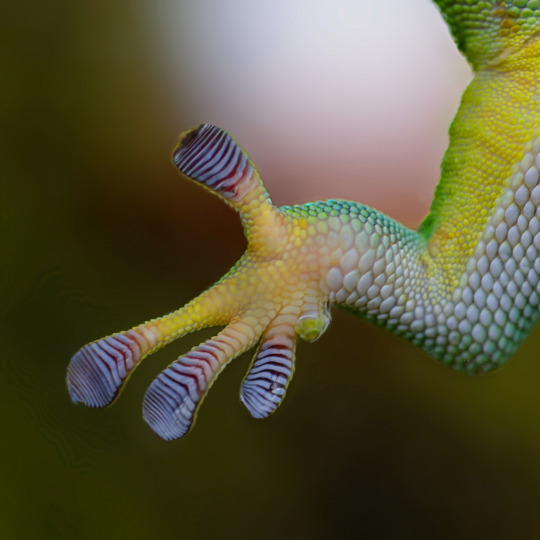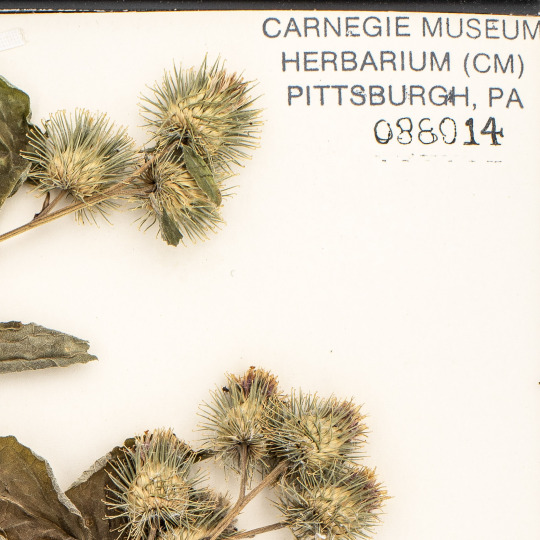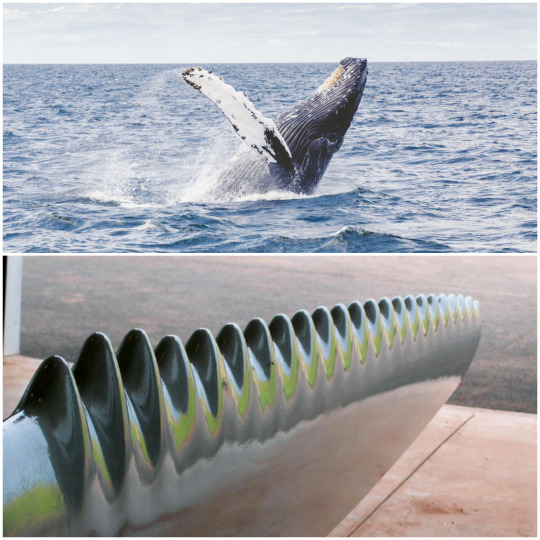We humans are pretty innovative creatures. Our understanding of space, time and our place in nature are beyond that of other animals. But sometimes, we look to nature for inspiration.
Millions of years of evolution have shaped the world around us and created many incredible things. Biomimicry is when we observe a trait in nature and copy it or parts of it for human technology and design. There are numerous examples of biomimicry in action.
A toe-tally awesome way of climbing

Many species of gecko can walk up smooth surfaces like stone walls and even glass. Scientists studied the pads on the toes of one species, the Tokay gecko, and discovered that tiny, microscopic hairs help them “stick” to surfaces. Who would have thought having hairy toes could have its advantages? By mimicking gecko toes, we have developed adhesives, a way to close wounds without stitches, and more.
Ants may have the answer to traffic jams

Nobody likes sitting in traffic, not even ants. Have you ever seen lines of ants travelling right next to each other but going in opposite directions? They appear like traffic flowing on a highway, but without rush hour gridlock. Learning how ant columns move can help us improve highway traffic, especially as autonomous vehicles develop.
Fun fact
Perhaps the most famous example of biomimicry is Velcro. In 1941, engineer George de Mestral was walking his dog when he noticed burrs (like the ones pictured below) sticking to both of them. When he studied the burrs under magnification he found their clinging property was the result of hundreds of tiny hooks. His observation sparked the idea for the very useful invention we know as Velcro fastening.

What would you create using biomimicry?
Inspiration can be found by land, sea and air! Here are a few more examples of biomimicry:
Down feather insulation. Heavy winter coats are stuffed with down or other feathers so that we can stay warm without flying south for the winter.
Termite mound cooling. The way these tiny insects drill holes in their mounds to cool down in the hot African Savannah has inspired architects to develop buildings that are more efficient.
Humpback whale wind turbines. The ridges on the pectoral fins of humpback whales create an aerodynamic flow in water. They also inspired the shape of wind turbine blades.

Beetle water collection. The dung beetle may be most popular for other attributes, but it also collects fog on its shell and funnels it to its mouth to drink in arid environments. This has inspired researchers to study how we can pull fresh water from fog or dew.
Spider web glass. A spider’s web is one of the strongest designs in nature. The webbing pattern has been copied by automotive industries so that windshields crack but do not shatter.
Now it’s your turn to create a new innovation based on something found in nature! Be as creative as you want and, with your parent’s permission, tag us on social media @carnegiemnh so we can see what you made!
A Nature Lab blog by Eddie Phillips.
